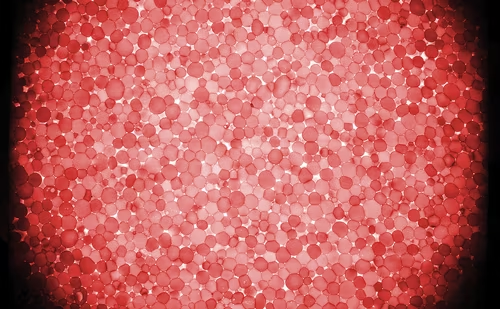The goal of healthcare practitioners should be to provide their patients with optimal sexual healthcare through safe and effective evidence-based management strategies. For this reason, a holistic, multidimensional approach should be applied to each patient and his/her partner to address associated physical, mental, and social (or relationship) concerns.
The goal of healthcare practitioners should be to provide their patients with optimal sexual healthcare through safe and effective evidence-based management strategies. For this reason, a holistic, multidimensional approach should be applied to each patient and his/her partner to address associated physical, mental, and social (or relationship) concerns. This article reviews evidence-based data concerning the efficacy and safety of oral selective phosphodiesterase type-5 (PDE5) inhibitors for treating men with erectile dysfunction (ED), which is commonly associated with co-morbidities such as diabetes mellitus and hypertension.
Physiologic Penile Erection and Detumescence
During sexual stimulation, smooth muscles in the genital tissues change from the contracted state at baseline (flaccidity) to the relaxed state during arousal (penile erection).4 In addition, penile smooth muscle cells undergo a significant drop in intracellular calcium concentration. Calcium flux out of the cell or into smooth endoplasmic reticulum during sexual stimulation is largely directed by increased cyclic guanosine monophosphate (cGMP). The effect of cGMP-directed decreased intracellular calcium is genital smooth muscle relaxation, erectile tissue engorgement, and penile erection. Given normal conditions, sustained increased levels of intracellular cGMP during sexual stimulation directly correlate with increased penile rigidity during erection.4 Physiologic detumescence is initiated when the level of cGMP is reduced by diminished synthesis (or stopping sexual stimulation) and on-going hydrolysis of cGMP in the catalytic site of the PDE5 enzyme into the inactive 5’ GMP. When intracellular calcium values increase, penile smooth muscle regains baseline contractile tone.4 Erectile Dysfunction and PDE5 Inhibitors
ED affects up to 30 million men in the US and more than 150 million men worldwide.5–7 The etiology of ED is specific to each patient and may be vasculogenic, psychogenic, neurogenic, hormonal, drug-induced, or related to other systemic diseases.8–9 Because endothelial dysfunction is common in ED and other co-morbidities, such as diabetes mellitus and coronary artery disease (CAD), ED is a marker for underlying co-morbid disease.10,11 According to a national database of managed care health plans that included 270,000 men diagnosed with ED, approximately 70% had one or more of the following co-morbidities:
- diabetes mellitus (20.2%);
- hypertension (11.1%);
- hyperlipidemia (42.4%); and/or
- depression (11.1%).12
Pharmacologically maximizing intracellular levels of cGMP in men with ED is a successful strategy to improve erectile performance and sexual intercourse. It also maximally lowers intracellular calcium and thereby maximizes genital tissue smooth muscle relaxation and penile engorgement.13
Oral PDE5 inhibitors, such as vardenafil, tadalafil, and sildenafil, are a class of vasodilators that competitively inhibit the catalytic sites of the PDE5 enzyme that maximize intracellular cGMP levels.13 The AUA ED management guidelines recommend PDE5 inhibitors as first-line therapy unless contraindicated.14 Despite the lack of head-to-head trials, all PDE5 inhibitors have comparable efficacy at maximal therapeutic doses in improving erectile function and share a relatively high overall cardiovascular safety profile.13 In addition, PDE5 inhibitors have similar warnings for concomitant use with alpha-blocker therapy (see Table 1).15–17
Oral PDE5 Inhibitor Therapy—Factors to Consider in Agent Selection
Factors that influence agent selection include clinical practice experience, clinical trial data, and patient preference. Studies of patient preferences for PDE5 inhibitors are presented in Table 2.18–21 To maximize the patient’s sexual healthcare, good medical practice means that healthcare providers should offer both pertinent information about and the equal opportunity to try all of the three PDE5 inhibitors so that the patient can select the one most helpful to them, because there are subtle and important differences among the three PDE5 inhibitors. In a study of patient preferences, criteria such as age, ED pathophysiology, and ED severity did predict patients’ choices in PDE5 inhibitors in a large popultation.22 In an individual patient, however, the lack of predictability emphasizes that the patient, in conjunction with the healthcare provider, determines the PDE5 inhibitor most suitable to them.







